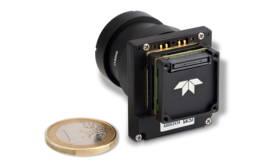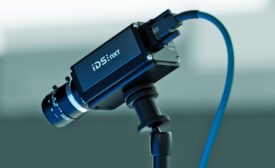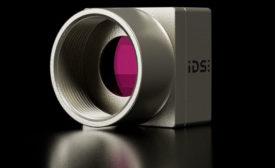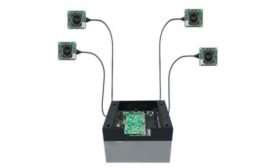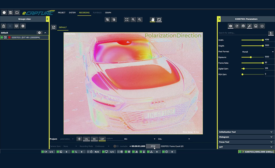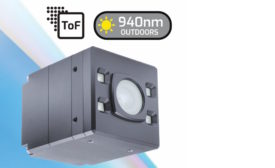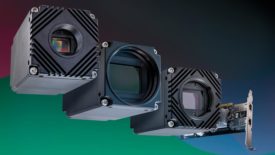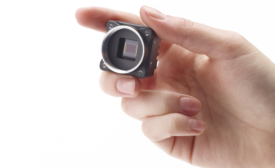Home » cameras
Articles Tagged with ''cameras''
New Product
IDS Industrial Camera Offer Sony Sensor IMX662 in Both Color and Mono
March 26, 2024
Vision & Sensors | Lenses
Understanding the Key Factors in Microscope Objective Performance
February 6, 2024
New Product
Emergent Vision Technologies Plug-ins for eCapture Pro Software
February 5, 2024
Vision & Sensors | Camera Interfaces
RDMA with 10GigE Cameras
High-speed, Maximum Reliability
February 2, 2024
Vision & Sensors | Lighting
Liquid Lenses and Cameras: Unmatched Control over Optical Parameters
Learn more about liquid lens technology.
December 28, 2023
Get our new eMagazine delivered to your inbox every month.
Stay in the know with Quality’s comprehensive coverage of the manufacturing and metrology industries.
SIGN UP TODAY!Copyright ©2024. All Rights Reserved BNP Media.
Design, CMS, Hosting & Web Development :: ePublishing
